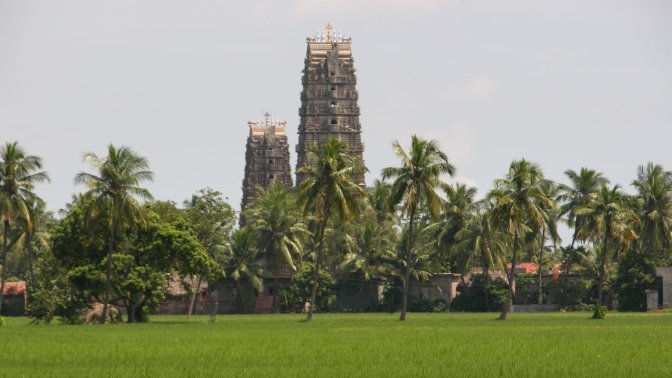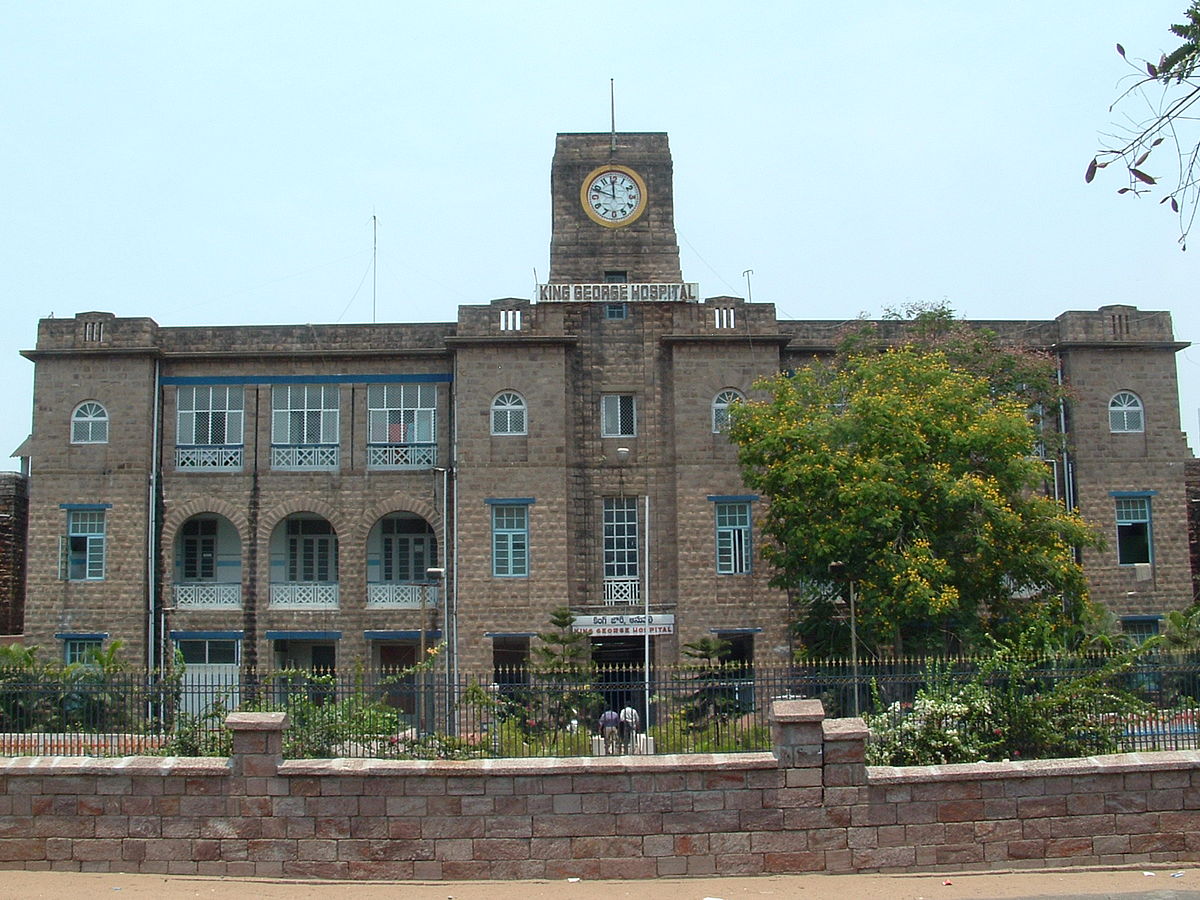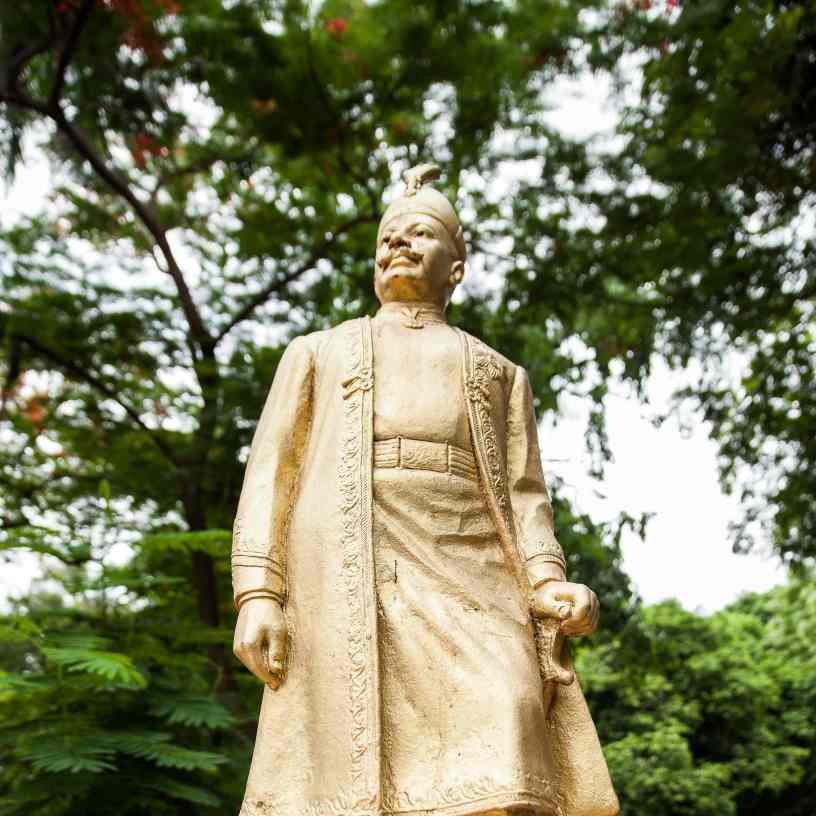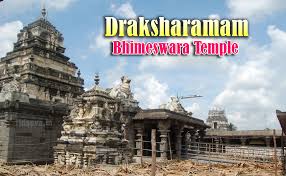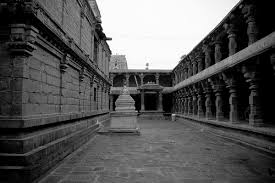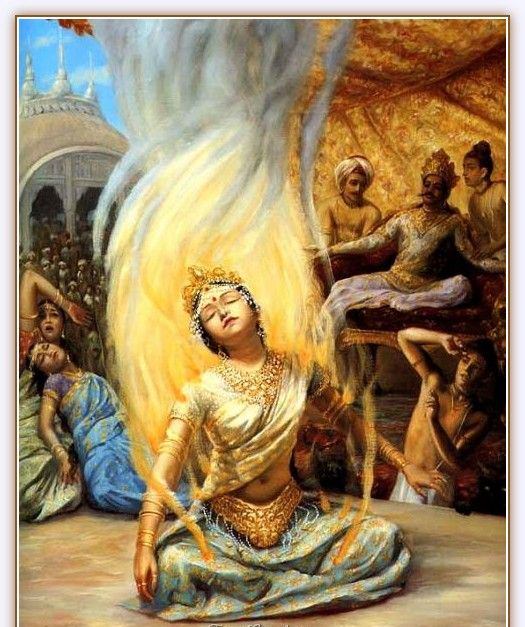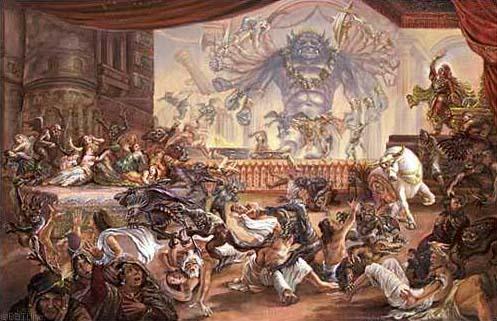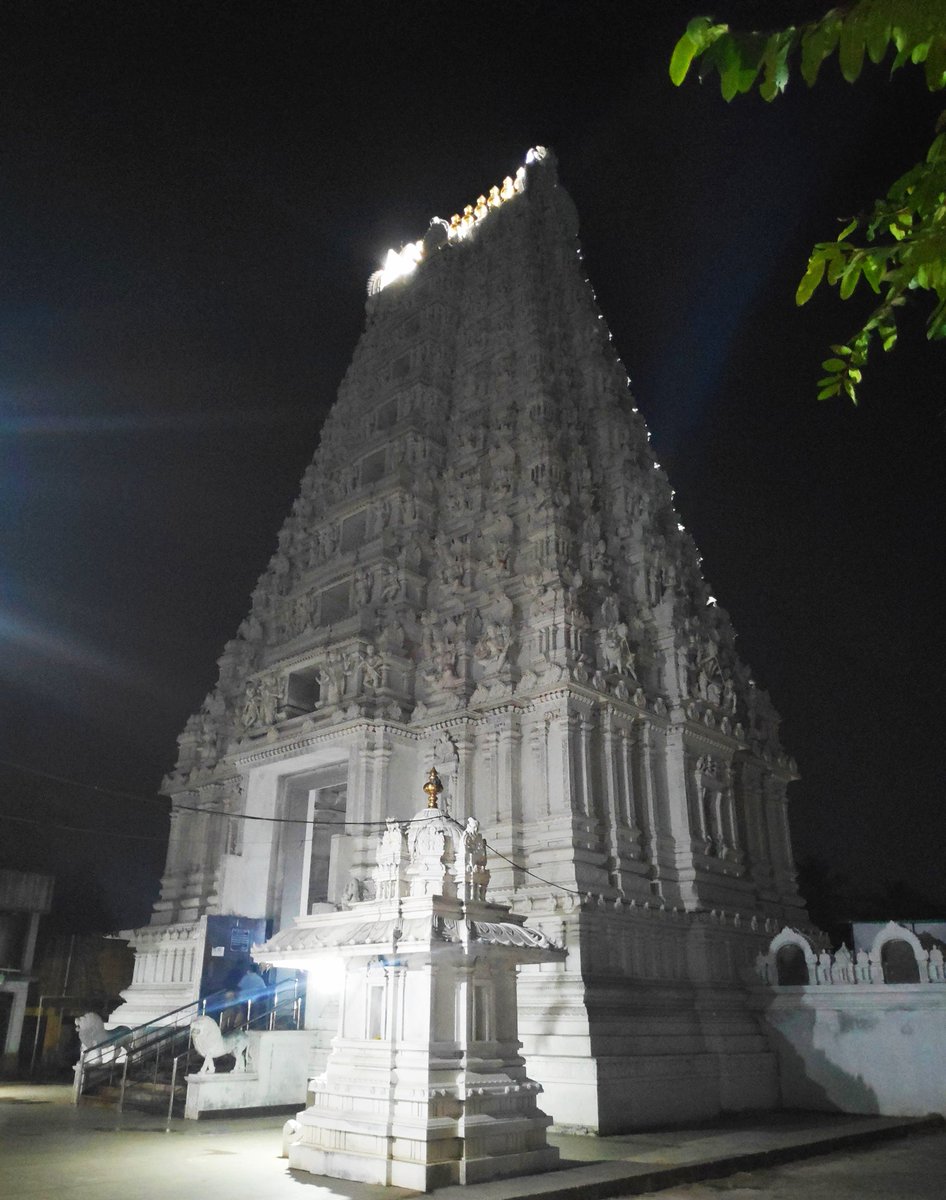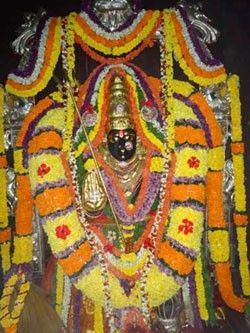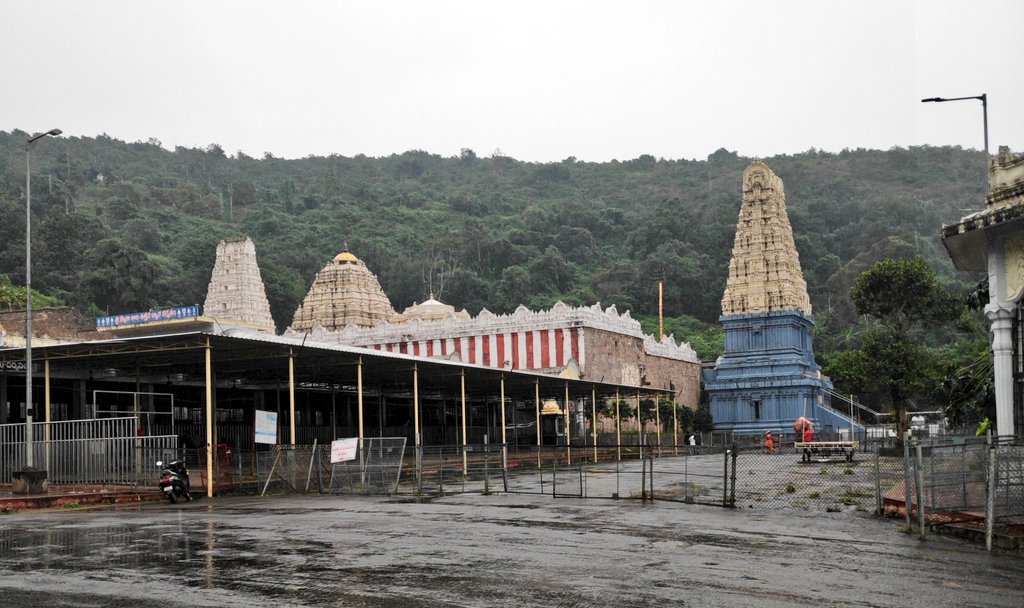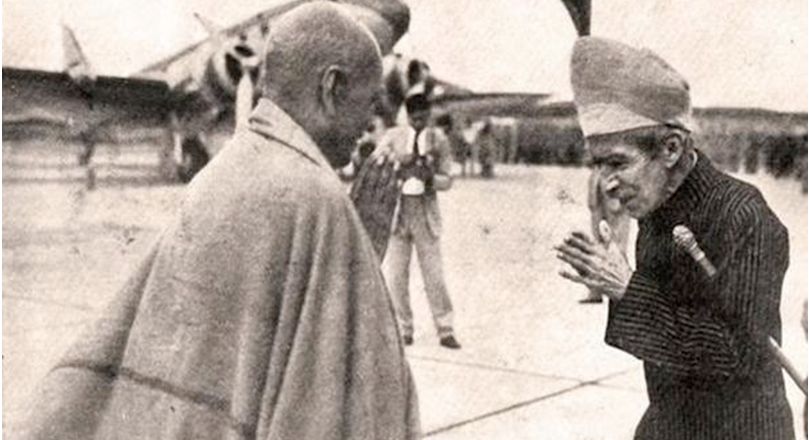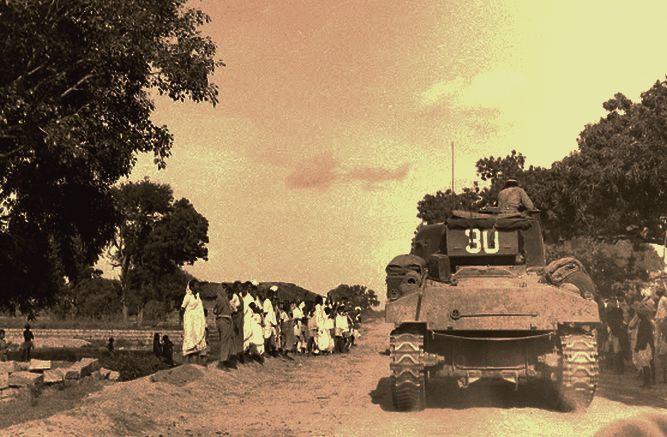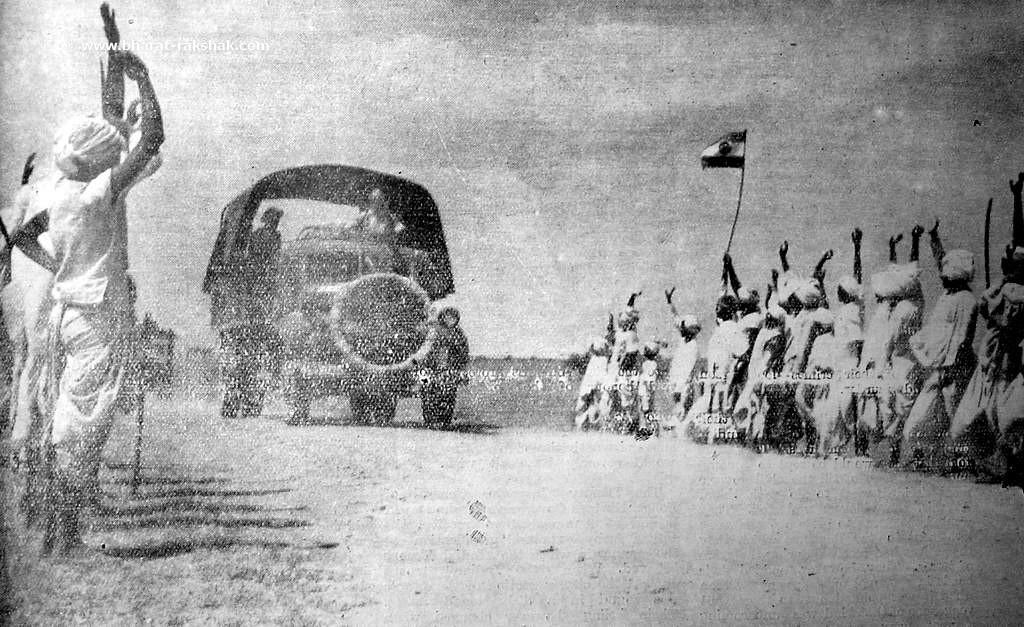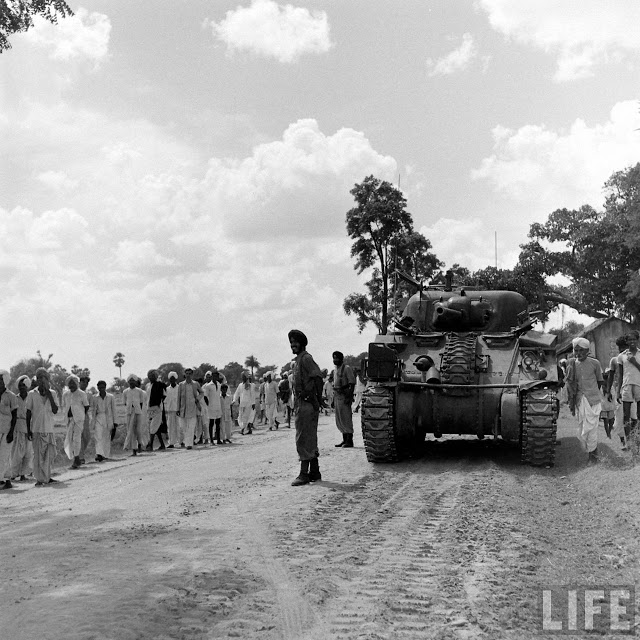
Ever heard of the Chera king from Kerala who beseeched Lord Venkateswara to give him eternal darshan and was transformed into the threshold of the Sanctum sanctorum in Tirupati?
No? A thread on the legend of Kulasekhara Alwar, and the Kulasekhara padi of the Tirumala temple.

No? A thread on the legend of Kulasekhara Alwar, and the Kulasekhara padi of the Tirumala temple.


The Alwars were 12 South Indian bhakti saints of the medieval period who espoused unending veneration towards Lord Vishnu. The corpus of their devotional work is called the Divya Prabandham, and these saints are considered the bulwark of Vaishnava revivalism in the South. 

Among the 12 Alwars, one was a woman. Andal from Sirivilliputhur. But today we talk about Kulasekhara Alwar, a king from the Chera dynasty and his relation with Lord Venkateswara of the Tirumala temple.
The Sanctum Sanctorum of the Tirumala Temple which houses Lord Srinivasa is under the Ananda Nilayam Vimana dome. The threshold to this Garbhagriha is called the Kulasekhara padi., "Padi" being the tamil name for threshold or chowkhat, named after this saint. 

Kulasekhara Alwar was born in the Chera Perumal dynasty of Kerala in the medieval period. Scholars identify him with Sthanu Ravi Varma, the Chera king of the middle 9th century and the first of the known Chera Perumal kings, with its capital at Makotai, present day Kodungallur. 

A great devotee of Lord Vishnu, he abdicated his throne and set off on a pilgrimage to the most holy of the Vaishnava sites, the abode of Ranganatha in Srirangam. After that, he visited various other Vaishnava religious sites before settling down and dying in Tirukkurukur. 

A great devotee of Lord Venkateswara, he expressed a simple wish to the lord. And he didnt ask for wealth, empires, gold or pleasures. He didnt even ask for moksha or salvation. He merely wanted to look at the lord in Tirupati for eternity. 

And you could not blame him for expressing such a wish. As any devotee who has had the fortune of visiting Tirupati, you would agree that the image of Lord Vishnu is enthralling and captivating for all. 9 feet of self manifested grandeur in granite, we could look at it forever. 

The lord agreed to Kulasekhara's wish and the devotee was transformed into the threshold of the sanctum sanctorum. This is the famous Kulasekhara padi, the last step that a devotee can reach while having darshan. Pilgrims are not allowed any further.
This is a pic of the Bangaru Vakili, the Golden Courtyard which is the penultimate hallway before the sanctum. Here you can see the two Dwarapalakas, Jaya and Vijaya who stand guard. This is the deepest part of the temple where the pilgrims can enter. Beyond this is the threshold 

Kulasekhara has the wonderful privilege of being the threshold or the "step", over whom the gaze of each pilgrim and devotee must pass as they cast eyes on the lord. The same applies to the gods who descend every morning to worship Balaji, all from outside the Kulasekhara padi.
So Kulasekhara Alwar lies there, as the silent spectator to each devotee's interaction with god, and as the silent third party to each conversation we have with Lord Srinivasa. And all along worshipping him until the end of Kaliyuga.
Bhakti is a sublime thing. May it Meerabai, may it be Chaitanya Mahaprabhu, be it Vyasatirtha or Purandaradasa, be it be Eknath or Dhyaneshwar, may it be Nanak or Shankaradeva, the Nayanars or Alwars, they have found god through their Bhakti.
And among all these saints, the story of Kulasekhara Alwar, the itihasa of how he has become an integral part of the Tirumala Tirupati experience is a wondrous tale of selfless worship towards Vishnu.
So if you can spare a moment next time in Tirumala, take your eyes off Lord Srinivasa for the fraction of a second, and look out for the Kulasekhara padi, the Threshold of the Chera King who Gazes at God till Eternity.
End of thread.
Namo Venkatesa.
End of thread.
Namo Venkatesa.

• • •
Missing some Tweet in this thread? You can try to
force a refresh

